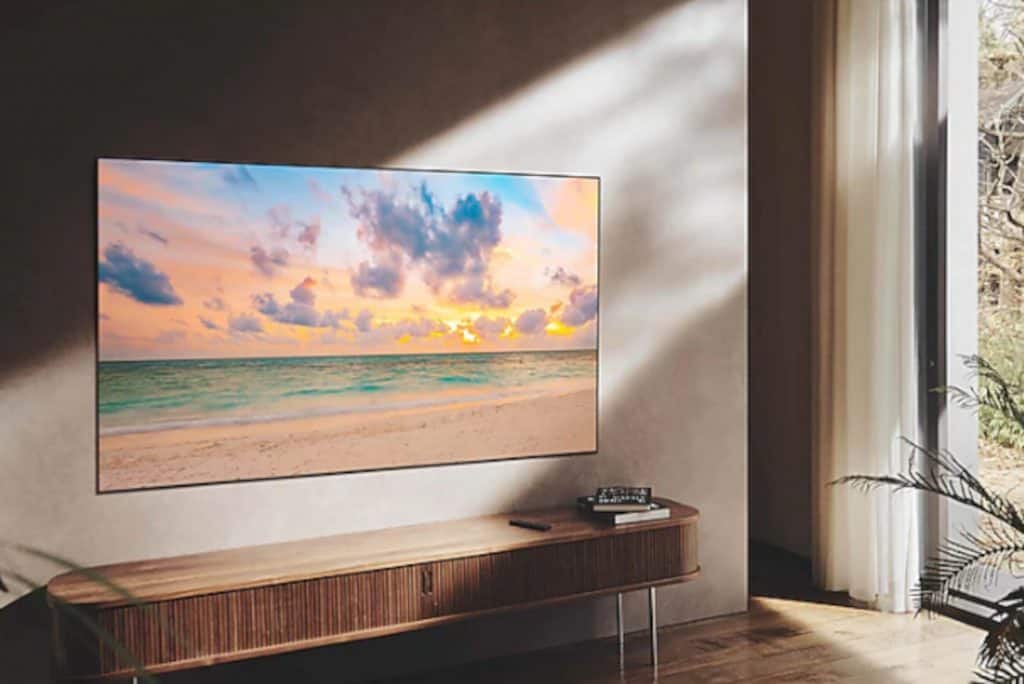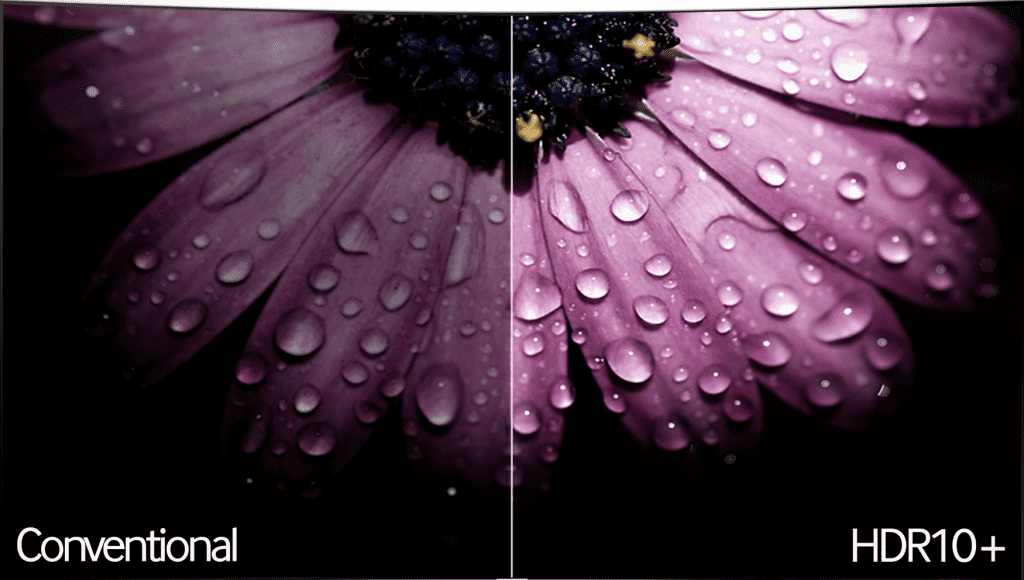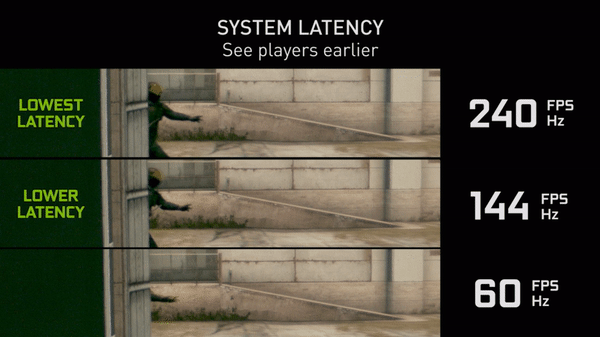How to choose the Perfect TV for Your Needs – An In-depth TV Buying Guide

In this guide we will discuss the various factors to consider when buying a TV, including size, panel type, brightness, HDR capability, refresh rate, and smart TV features. The goal is to help readers make an informed decision and find the best TV for their needs.
When it comes to choosing a new TV, it can be overwhelming to navigate the many options available. From size and panel type to brightness and refresh rate, there are a lot of technical specifications to consider. And with the proliferation of smart TVs, you also have to think about the features and connectivity options that are available.
Let’s discuss them and summarize what you should consider for each of them.
Key Factors when Buying a TV
Size

Image Source: rtingsOne of the first things to consider is the size of the TV. The size of the TV you choose will depend on the size of your room and how far you will be sitting from the screen.
As a general rule, you should choose a TV that is at least the same size as your main viewing distance, measured in inches. For example, if you sit 10 feet from the screen, you should consider a TV that is at least 80 inches.
Panel Type (OLED, QLED, LCD y LED)

There are several types of panels used in TVs, including LCD, LED, OLED, and QLED. Each type has its own strengths and weaknesses, so it’s important to understand the differences.
LCD & LED
LCD TVs are the most common and are known for their good picture quality and affordability.
LED TVs are similar to LCD TVs but use a different type of backlight. They offer a good quality but it’s very limited to what it can do so high-end TVs do not use this panel type alone.
OLED (Organic Light-Emitting Diode)
OLED, or organic light-emitting diode are one of the newest panel type technologies. One of the key benefits of OLED technology is that it can produce deep blacks and offer wide viewing angles, as each pixel is a LED and therefore can be independently lit and can be turned off completely. This allows for higher contrast and more realistic images.
But OLED TVs suffer from a problem, they have a lower brightness compared to QLED panels, this is because OLED TVs are made of individual LEDs and they tend to heat up a lot, and that causes the burn-in effect which leaves the trace of images on your TV, so manufacturers have to limit the brightness so the LEDs don’t burn in fast.
QLED (Quantum Dot LED)
QLED, or quantum dot LED. It is similar to traditional LED TVs, but it uses a layer of quantum dots, which are tiny semiconductor particles, to enhance the picture quality and brightness.
One of the main benefits of QLED technology is that it can produce very bright, vibrant colors. This is because the quantum dots are able to convert the light from the LED backlight into a specific color, allowing for a wider color gamut and more accurate color reproduction.
QLED TVs also tend to have a high contrast ratio, as the LED backlight can be dimmed to produce deep blacks but not as deep as OLED ones since QLED TVs can’t turn off completely the LED backlight.
Brightness

I don’t think it is necessary to explain what brightness is so let’s get straight to the point: Why brightness matters when buying a TV:
- Comfort: A brighter TV can be more comfortable to view in a well-lit room or in bright ambient light, as it can counteract glare and reflections. If you have a lot of windows or light sources in your viewing room, a brighter TV might be a better choice.
- Vibrancy: A brighter TV can make the image appear more vibrant and lifelike, especially when watching high-resolution content or playing games. This is because the increased brightness can help to bring out the colors and details in the image.
- Viewing conditions: Different viewing conditions may require different levels of brightness. For example, if you plan to watch TV in a dimly-lit room, you might be fine with a TV that has a lower maximum brightness. On the other hand, if you plan to watch TV in a brightly-lit room, you might want a TV that has a higher maximum brightness.
Overall, brightness is an important factor to consider when buying a TV, but it’s not the only factor. Be sure to also consider other image quality characteristics, such as contrast ratio and color accuracy, to ensure that you get the best possible viewing experience.
HDR (High Dynamic Range)
HDR, or high dynamic range, is a technology that is used to improve the image quality of TVs, monitors, and other displays. It works by expanding the range of colors and contrast that the display is able to produce, resulting in more realistic and vibrant images.
When you watch an HDR video or look at an HDR image, you will see a wider range of colors and a higher level of detail in both the highlights and the shadows. This can make the image appear more lifelike and immersive, as it is closer to what you would see with your own eyes.

HDR is especially useful for watching movies, TV shows, and video games, as it can add depth and richness to the image. Many newer TVs and monitors support HDR, and there is a growing amount of HDR content available for streaming and download.
Overall, HDR is a technology that can significantly improve the image quality of a display, and it is an important factor to consider if you value a high-quality viewing experience.
Refresh Rate (Hz)
If you’ve ever shopped for a TV, you’ve probably come across the term «refresh rate.» But what exactly is refresh rate, and how does it affect the performance of your TV?
Simply put, the refresh rate of a TV is the number of times that the image on the screen is refreshed per second. It is measured in hertz (Hz). A higher refresh rate means that the image on the screen is updated more frequently, which can result in a smoother, more fluid image.

Refresh Rate is an important factor to consider when choosing a TV, especially if you plan to game on it with a PC or console like the PS5 or Xbox Series X.
However, if you’re only interested in watching multimedia content such as movies or series, refresh rate is not as big as a deal as movies are filmed at 24 or 30fps, and while it’s true it will make the image a bit more stable and clearer, those extra Hz will mean little to nothing to most people.
Overall, the refresh rate of a TV is an important consideration, especially if you want a smooth, fluid image when watching playing videogames. Make sure to consider the refresh rate when shopping for a new TV to ensure that you get the best possible viewing experience.
Smart TV Features
In addition to the technical specifications mentioned above, you may also want to consider the smart TV features offered by different models. A smart TV is a television that can connect to the internet and has built-in apps and features for streaming content, browsing the web, and more.
Some things to look for in a smart TV include:
- Compatibility with popular streaming services: Does the TV support apps for the streaming services that you use?
- Voice control: Can you control the TV using your voice through a built-in assistant or a voice-enabled remote?
- Connectivity options: Does the TV have built-in WiFi and Bluetooth, or does it have other connectivity options such as HDMI and USB ports?
- Other features: Some smart TVs have additional features such as a web browser, screen mirroring, or the ability to control other smart devices in your home.
By considering these smart TV features, you can find a TV that not only has the technical specifications you need but also offers the convenience and connectivity that you want.
Conclussion
Great news! With all the information you’ve learned from this TV buying guide, you’re now well-prepared to make a informed decision when shopping for a new TV.
You know what to look for in terms of size, panel type, brightness, and other important factors. You’re ready to find the perfect TV for your home and start enjoying all of your favorite entertainment with the best of the best.
More info about TV & Monitors
Ultimate HDR Guide – What’s HDR, different HDR types and why is it an important technology.

